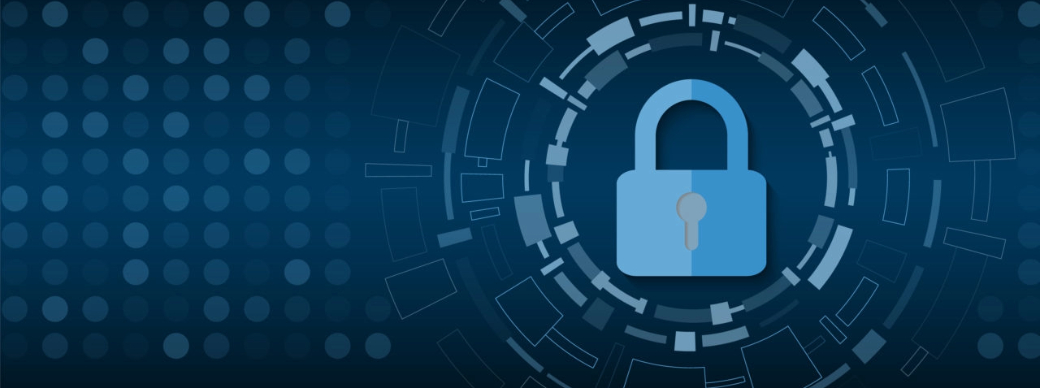Week Ending: February 17, 2024

Cybersecurity is a constantly evolving field that requires staying on top of the latest developments, threats, and best practices. In this blog post, we will summarize some of the most important news, trends, and tips on cybersecurity that happened between Feb 11 and Feb 17, 2024.
News
- Fake LastPass App on the App Store: A malicious app impersonating the popular password manager LastPass surfaced on the App Store. This highlights the ongoing issue of cybercriminals exploiting trusted brands to steal user credentials. Users are advised to only download apps from official sources and verify their authenticity before installation.
- Malwarebytes Tackles Toothbrush DDoS Controversy: Cybersecurity firm Malwarebytes issued an advisory on the potential use of infected smart toothbrushes in Distributed Denial-of-Service (DDoS) attacks. This raises concerns about the growing attack surface posed by the Internet of Things (IoT) and the need for better security measures in connected devices.
- CMS Revises Policy on Texting Patient Orders: The Centers for Medicare & Medicaid Services (CMS) updated its policy to allow healthcare teams to text patient orders using secure platforms. This shift acknowledges the advancements in secure communication technologies and aims to improve healthcare efficiency while maintaining patient privacy.
- ExpressVPN Bug Leaks DNS Requests: Popular VPN provider ExpressVPN discovered a bug in its software that exposed users' browsing activity for over a year. This incident emphasizes the importance of choosing reputable VPN services and staying updated with their security patches
- Belgian Government Websites Hit by DDoS Attack: Russian hackers reportedly launched a DDoS attack targeting Belgian government websites, causing temporary disruptions. This illustrates the ongoing cyber threats faced by government institutions and underscores the need for robust cybersecurity defenses.
Trends
- Increasing Attacks on Critical Infrastructure: Cyberattacks targeting critical infrastructure, such as healthcare systems and energy grids, are becoming more sophisticated and frequent. Organizations need to prioritize securing their operational technology systems.
- Rise of Ransomware-as-a-Service (RaaS): RaaS kits make it easier for less skilled attackers to launch ransomware attacks, democratizing cybercrime and posing a significant threat to businesses of all sizes.
- The Growing Attack Surface of IoT Devices: The proliferation of connected devices creates new vulnerabilities that attackers can exploit. Securing and patching these devices is crucial to minimizing attack risks.
- Focus on Supply Chain Security: Breaches within a company's supply chain can have devastating consequences. Organizations need to assess and mitigate security risks throughout their supply chain partnerships.
- AI-powered Cybersecurity: Artificial intelligence is increasingly used for both offensive and defensive cyber operations. Businesses should explore how AI can enhance their security strategies.
Tips
- Implement data loss prevention (DLP) solutions: DLPs can prevent sensitive information from being accidentally or maliciously exfiltrated from your organization. This is especially important in industries handling sensitive data like healthcare, finance, and legal sectors.
- Leverage endpoint detection and response (EDR) technologies: EDRs proactively monitor endpoints for suspicious activity and provide quick response capabilities to contain and remediate potential threats. This is crucial in today's fast-evolving malware landscape.
- Conduct regular security awareness training for employees: Human error is often exploited by attackers. Frequent training sessions that educate employees on phishing scams, social engineering tactics, and secure password practices can significantly reduce the risk of successful cyberattacks.
In My Opinion
The cybersecurity landscape, as this post highlights, is a dynamic battleground teeming with evolving threats, emerging trends, and ever-sophisticated tactics. From fake apps mimicking trusted brands to the growing attack surface of IoT devices, staying ahead of the curve requires constant vigilance and proactive adoption of best practices.
While news stories like the Belgian DDoS attack illustrate the ongoing risk to critical infrastructure, trends like AI-powered security offer promising solutions. Ultimately, empowering employees with awareness training, implementing robust security tools like DLP and EDR, and embracing a culture of proactive risk management are crucial steps in fortifying our digital defenses in this ever-changing landscape. Remember, cybersecurity is a shared responsibility, and by staying informed and taking action, we can collectively build a more secure and resilient future.
However, individual action alone is not enough. We must also advocate for stronger regulations and industry-wide collaboration to tackle systemic vulnerabilities and hold malicious actors accountable. Only through a multi-pronged approach can we truly create a safer digital space for everyone. Let's use this knowledge to spark conversations, hold our leaders accountable, and work together to create a more secure digital future for all.